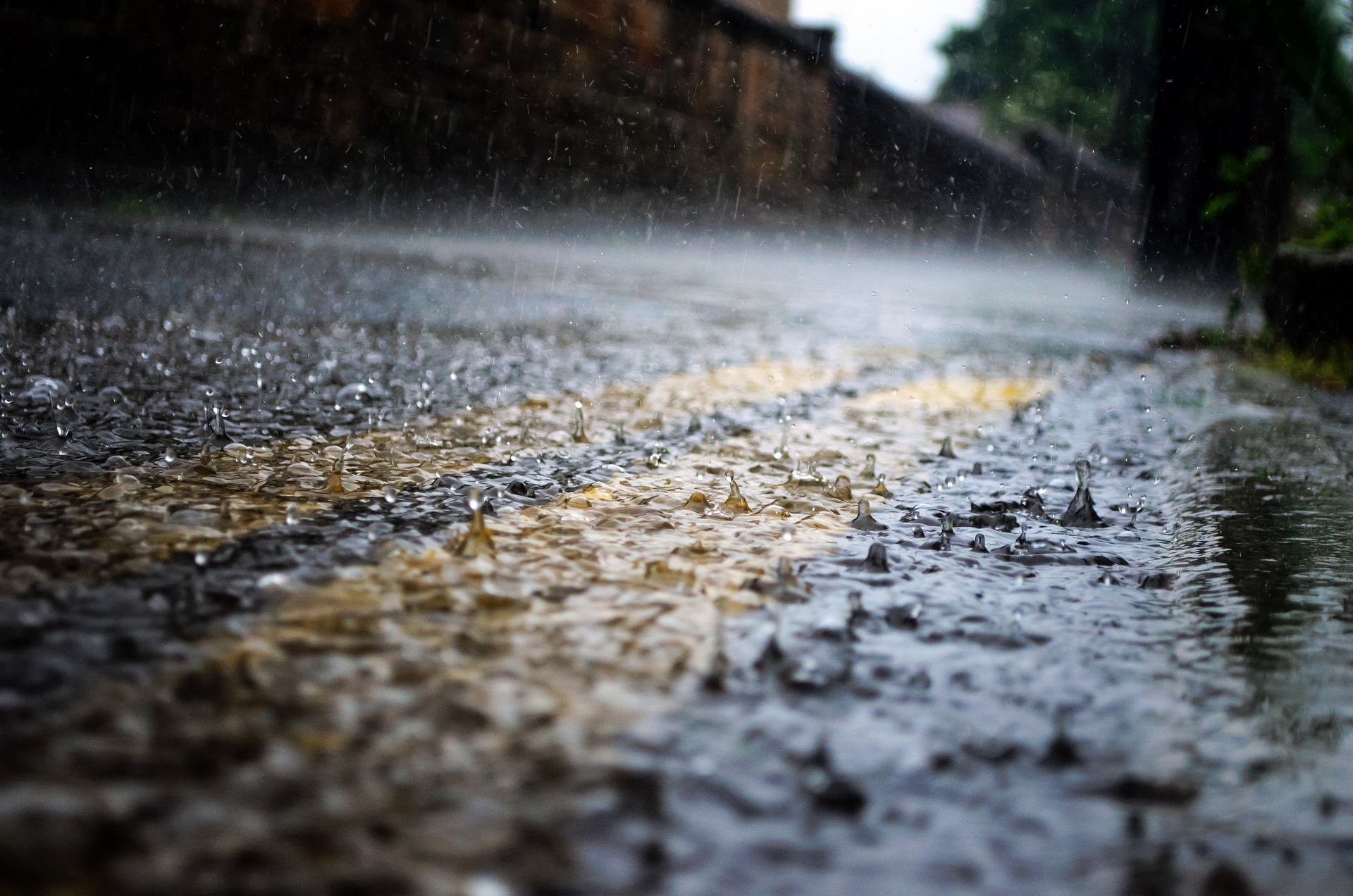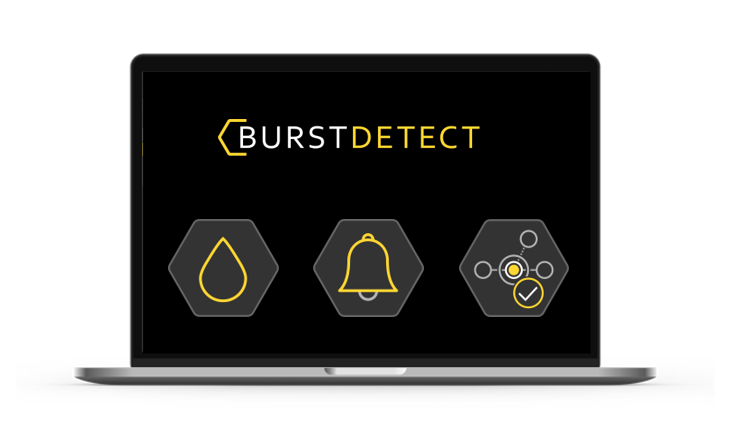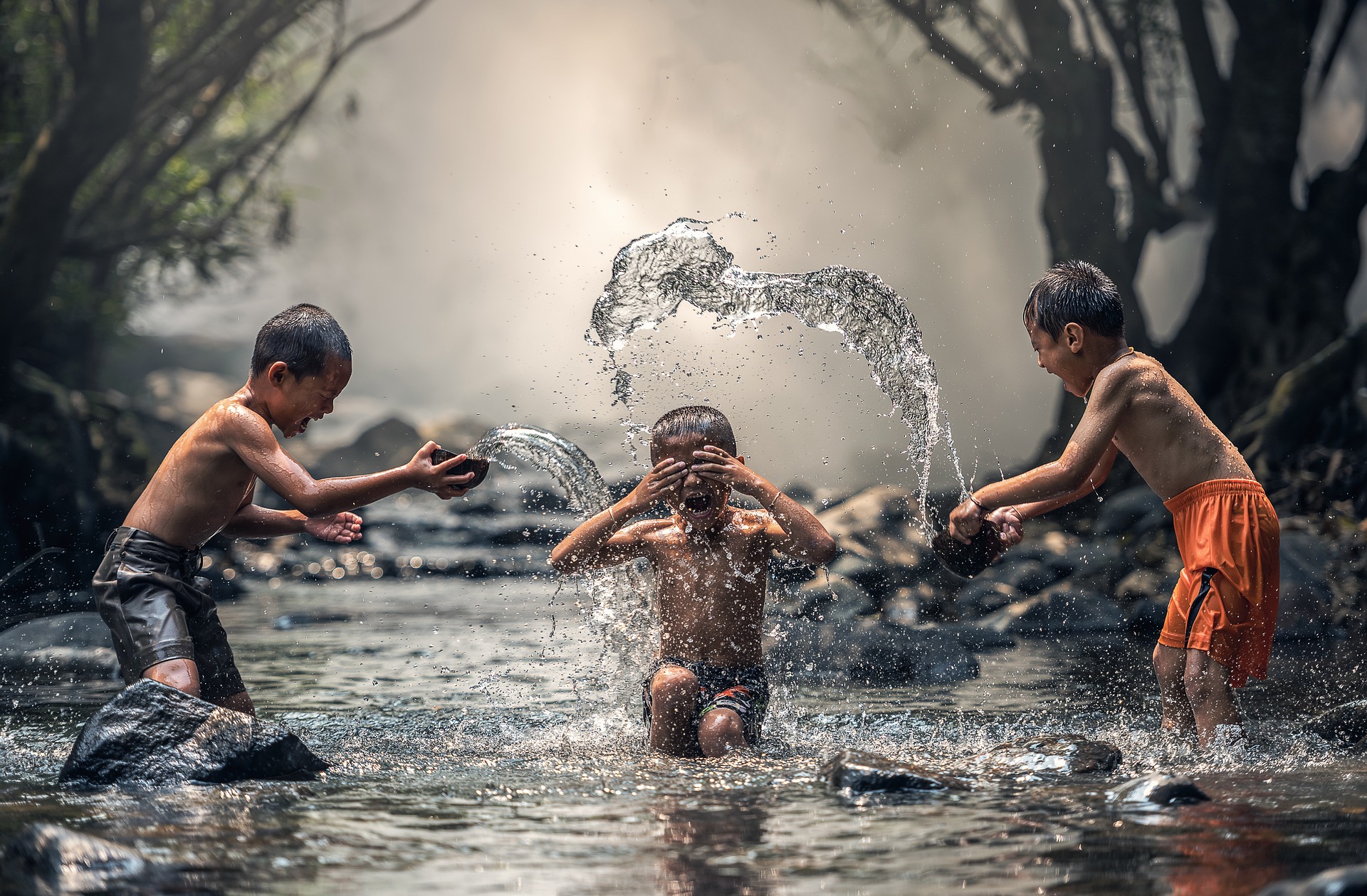Why do we need to protect freshwater supplies?
The world is in the midst of a water crisis - the United Nations says we are facing a global water deficit of 40% by 2030. There is not enough water to meet basic human needs - two billion people live without access to safe and reliable drinking water. The demands of agriculture and commercial needs are also increasing, as the world’s population grows.
Alongside this, climate change is affecting rainfall patterns, causing more severe droughts and floods which are devastating communities around the world.
Goal 6 of the United Nation’s Sustainable Development Goals (SDGs) – a universal call to action to end poverty, protect the planet and ensure peace and prosperity - is ensuring availability and sustainable management of water and sanitation for all.
“Water is at the core of sustainable development and is critical for socio-economic development, energy and food production, healthy ecosystems and for human survival itself,” United Nations.

How can technology be part of the solution?
New innovations and technologies, including artificial intelligence and data analytics, are driving sustainable, affordable and scalable solutions which are critical to solving the water crisis.
According to the World Bank: “Innovation and technology have a vital role to play in scarcity and safety, water efficiency, utility operations, monitoring and treatment, and data and analytics. Working with companies that offer the latest technological innovations in the sector can help advance such efforts.”
How is Ovarro helping the global efforts?
The talented Ovarro team is at the forefront of a technological transformation in water, leading the way with development of sustainable, data-driven, smart solutions. These solutions will help ensure the world’s population has a reliable supply of clean water now and in the future.
One of the ways in we are doing this is by helping water companies across the world find leaks on their underground supply networks.
What is leakage and why is it a problem for the water sector?
Water is brought to homes and communities through vast networks of underground water mains. These networks are owned and managed by water companies and municipalities – our clients.
In England and Wales alone, water companies manage 348,723km of water pipes – that’s equivalent to 8.6 times around the equator (source, Discover Water)
These pipes, and millions of connecting joints, can leak for various reasons; they may simply be getting old and in need of replacement, they may have been damaged by activities and movement on the ground above or by freezing weather causing the water inside them to expand and contract.
Unsurprisingly given the scale of the water crisis, leakage remains one of the biggest concerns for the water sector. Globally, approximately 40% of treated drinking water is lost through leaking pipes before it reaches customer’s taps – in Europe, the average water loss is 26%, and in the UK the figure hovers around 20%.
This amounts to a lot of treated water that is simply lost in the ground. Reducing these volumes would give communities a more reliable and resilient water supply and less water would have to be taken from the environment by water companies to fill the gaps.
Leakage reduction can also support carbon strategies. If a company reduces the amount of water it is treating and putting into supply, it will reduce the amount of energy it is consuming, leading to a drop in operational carbon emissions.
How is Ovarro helping solve the leakage problem?
Given the size and complexities of underground water networks, finding leaks is a major challenge for water companies. Historically, methods of leak detection relied on local teams and contractors working on the ground, using acoustic equipment such as listening sticks or ground microphones. These methods can be time and labour intensive and may not always result in the leak being found first time.
Now, thanks to the development of remote acoustic loggers which can be permanently fitted underground, leakage data can be gathered through what are known as fixed network systems. These systems enable water company control rooms to remotely monitor networks continuously and in real-time – that’s a game changer for our customers.
Ovarro’s leading Enigma3hyQ, acoustic loggers pinpoint leaks remotely by measuring the sound of water escaping the network. They use a hydrophone sensor to record the sound of leaks and data is fed into our cloud-based analytics platform.
In the event of a leak between two loggers, the noise emitted takes a measurable amount of time to reach each logger. Algorithms correlate the two recordings to determine the time difference between the sounds.
The speed in which the sound travels through the pipe and the distance between the loggers is processed through an algorithm that computes the leak location. This level of accuracy was not possible via traditional acoustic detection.
Thanks to these advances, water companies can now direct repair crews to more precise locations. This can be the exact street or even the actual property, saving time and money and, crucially, speeding up the repairs and reducing the amount of water lost - in England & Wales, leakage has reduced by 11% since 2017-18, according to water regulator Ofwat.
What are Ovarro’s latest innovations?
Our research and development team works closely with our clients to develop technologies that directly meet industry requirements.
One of our newest services is LeakNavigator, which was launched in the autumn of 2022, and is the UK’s first fully-managed, fixed network leakage service, comprising advanced acoustic loggers, cutting-edge cloud-based software and our leakage expertise.
As-a-service models are subscription-based applications, with infrastructure that is entirely managed and maintained by the supplier. The models are being embraced more and more by the water sector. LeakNavigator is allowing companies’ leakage teams to focus their attentions on fixing, not monitoring, the problem, and leave the data analysis to Ovarro’s specialists.
Advances in data science and artificial intelligence, including machine learning, are enabling us to develop next-generation products that are transformational for water companies and the environment.

Another example is BurstDetect, a cloud-based remote monitoring system that gives water companies early warnings of sewer bursts that could result in pollution. The ability to analyse data in near real-time means control rooms are alerted to potential sewer pollutions and can send repair teams to site far quicker than they could previously, therefore limited environmental impact.
How can I make a difference?
Without doubt, our people are at the heart of our work to solve the water crisis. We thrive on new energy and ideas from progressive people who care about the environment and who want to help shape a more sustainable future.
Data analytics and artificial intelligence are powering smarter, greener solutions which are being rapidly embraced by many industries – but it is the people behind these systems and technologies who matter most. As such, we are always looking to welcome new team members who are socially conscious and environmentally aware, who can collaborate with like-minded colleagues and work with integrity.
How stable is the water sector?
Water is and always will be critical to all our lives, to industry and to the economy - we all depend on it. As such, water is a very stable industry to work in.
The sector is rapidly modernising, embedding sustainable smart technologies and data-led solutions on a large scale. Currently, though, water companies and their partners in the supply chain, are facing a massive skills gap. The sector is working hard to build the skilled workforce needed to address the current and future challenges it is facing – as such, new talent is needed.

Outside of the sector, the public has developed a greater appreciation of water than ever before. Communities have a stronger connection with their local water environment, boosted by the rise in popularity of wild swimming and the recognition that water connects us all.
There is no better time to join the global efforts to protect and enhance water supplies and to help create a sustainable future for the precious resource.